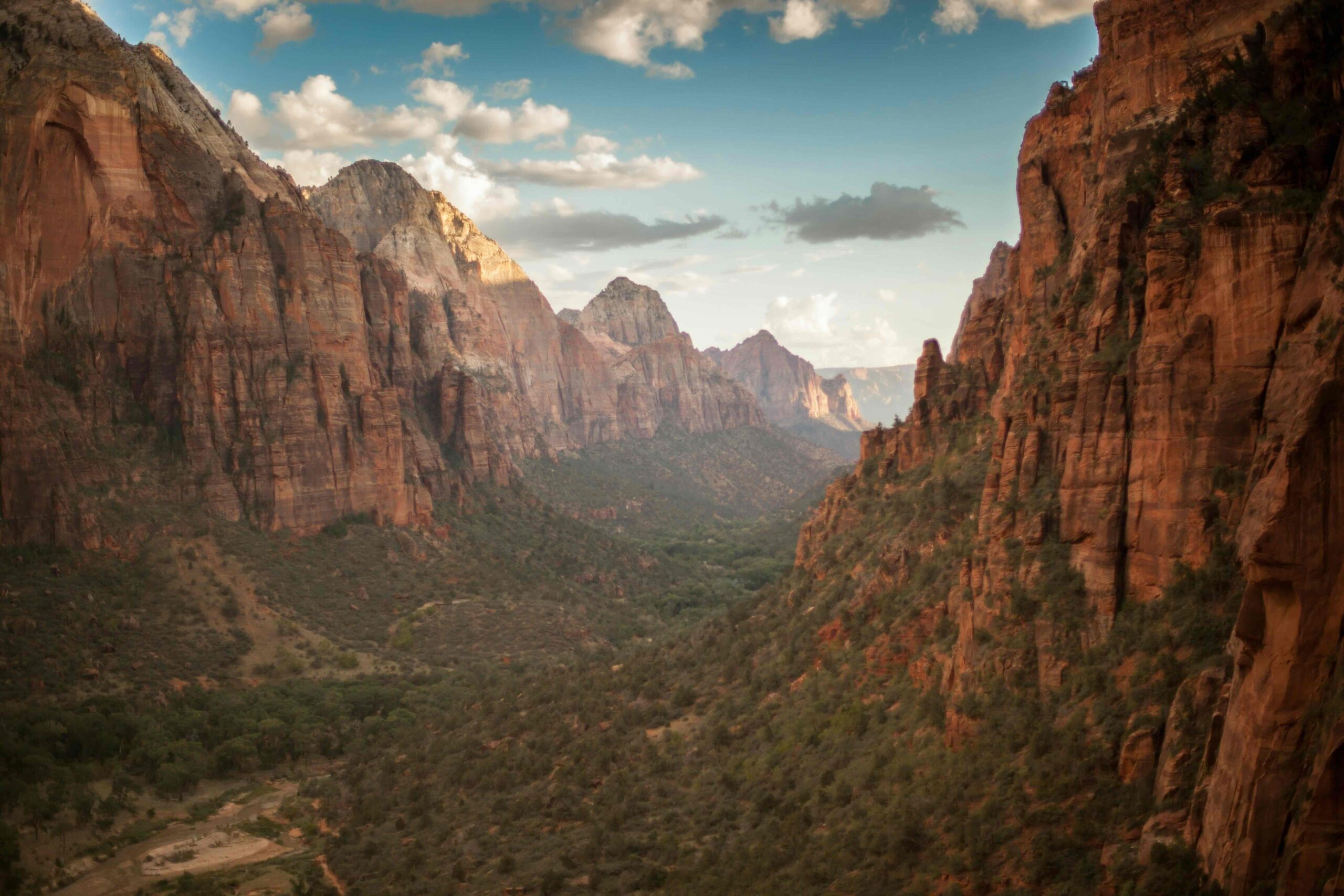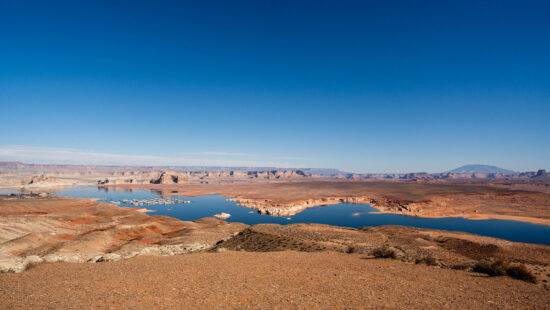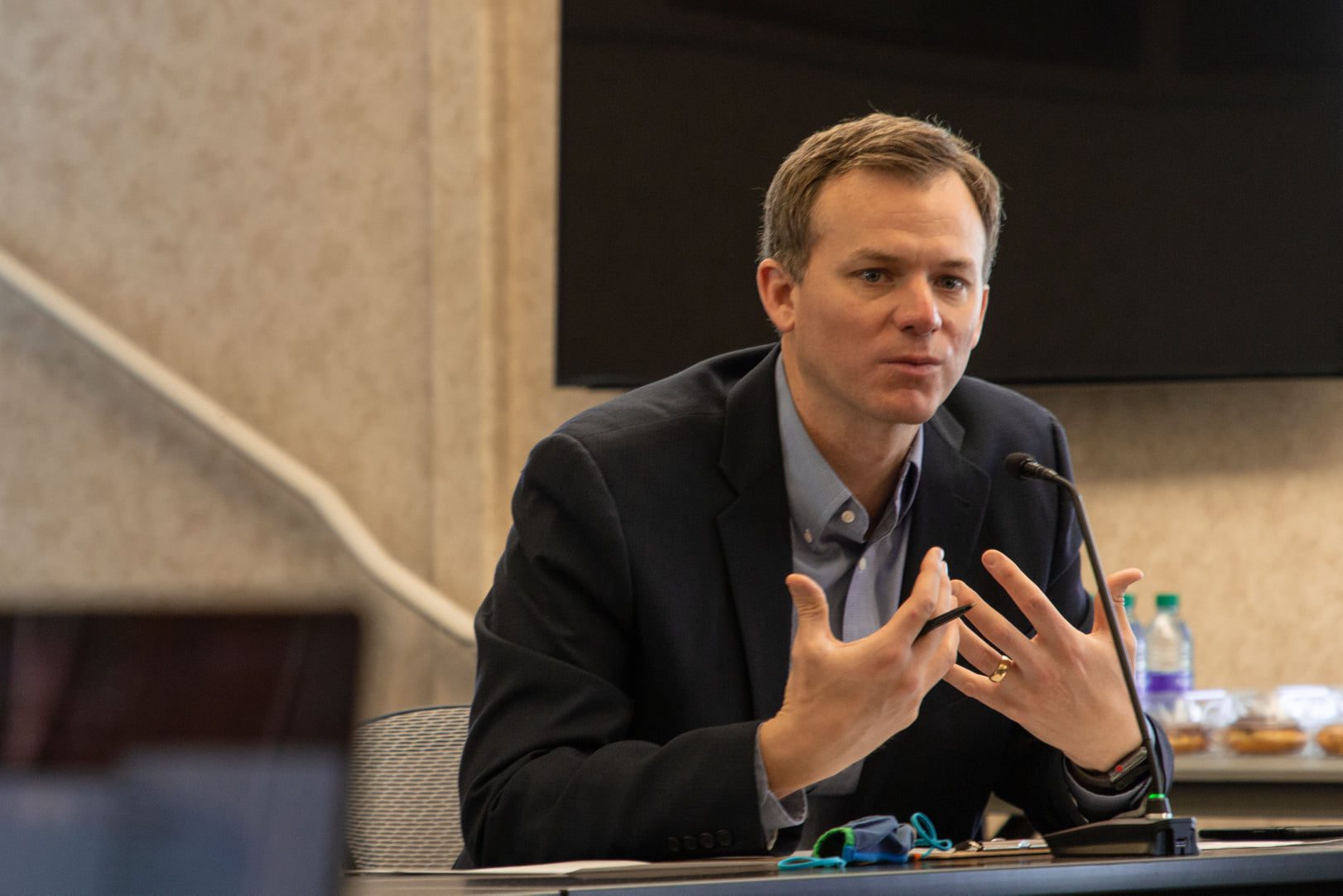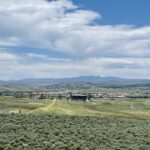Politics
What to expect in Utah’s special congressional election
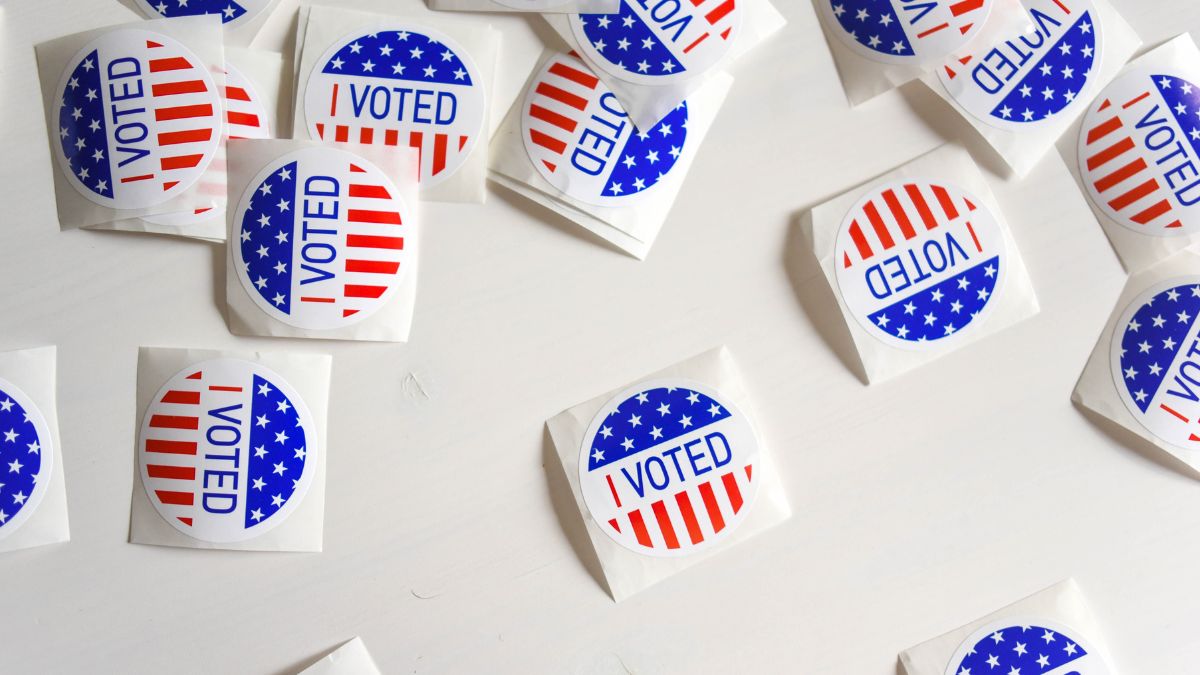
Photo: Unsplash // Element5 Digital
As of Thursday, a total of 93,309 votes had been cast before Election Day
SALT LAKE CITY — Voters in Utah’s 2nd Congressional District will cast ballots Tuesday in a Thanksgiving-week special election to fill the last remaining vacant seat in the U.S. House of Representatives.
Republican Celeste Maloy and Democrat Kathleen Riebe are the nominees to replace former GOP U.S. Rep. Chris Stewart, who stepped down in September after six terms citing his wife’s illness. Maloy is an attorney and served as Stewart’s chief legal counsel in Congress. Riebe is a second-term state senator and the chamber’s minority whip. She previously served on the state school board.
Maloy won the September GOP primary with 39% of the vote over former state representative Becky Edwards and former state party chairman Bruce Hough. Riebe won the Democratic nomination at a district convention in June.
Riebe stayed competitive in fundraising in October and outspent Maloy for the month, spending $148,000 to Maloy’s $63,000. But the Republican has significantly outraised the Democrat for the campaign overall, bringing in almost $588,000 in contributions through Nov. 1, compared with just over $290,000 for Riebe. Maloy also enjoyed a 4-to-1 cash advantage over Riebe heading into the final three weeks of the race.
Seven candidates will appear on the ballot, including the nominees of the Constitution, Libertarian and United Utah parties. In addition, two candidates are running as independents.
The second congressional district includes a portion of Salt Lake County, a Democratic area that went for President Joe Biden in 2020. The other 12 counties in the district all supported Donald Trump.
After the last census, Republicans redrew the boundaries to divide Salt Lake County among the state’s four congressional districts, diluting the voting strength of the state’s Democratic base. The plan faces a court challenge. Despite the new boundaries, the second district otherwise covers much of the same area in western Utah as it has since before Stewart took office.
Here’s a look at what to expect on election night:
ELECTION DAY
Utah will hold a special congressional election on Tuesday. Polls close at 8 p.m.
WHO GETS TO VOTE
Any voter registered in Utah’s second congressional district may participate in Tuesday’s special election.
DECISION NOTES
Special elections tend to have lower voter turnout compared with those of regularly scheduled elections, especially when there are no other prominent races on the ballot.
Republicans enjoy a significant vote advantage in the 2nd Congressional District, as they do in Utah as a whole. Stewart won five of his six elections with at least 59% of the vote under similar district lines. The district went for Donald Trump in 2020, 56% to 39%, which was slightly less than the 58% he received statewide.
In order to win, Riebe would need a significant turnout from the portion of Salt Lake County located in the district. She would also need to significantly cut into the Republican advantage in western and southern Utah.
The AP does not make projections and will declare a winner only when it’s determined there is no scenario that would allow the trailing candidates to close the gap. If a race has not been called, the AP will continue to cover any newsworthy developments, such as candidate concessions or declarations of victory. In doing so, the AP will make clear that it has not yet declared a winner and explain why.
There is no mandatory or automatic recount provision in Utah, but a losing candidate may request a recount if the vote margin is 0.25 percentage points or less. The AP may declare a winner in a race that is eligible for a recount if it can determine the lead is too large for a recount or legal challenge to change the outcome.
WHAT DO TURNOUT AND ADVANCE VOTE LOOK LIKE?
As of Nov. 14, there were more than 1.9 million voters registered in Utah, according to state records. Of those, 50% were registered as Republicans, 14% were registered as Democrats and 30% were not affiliated with any party.
Turnout for the special GOP primary on Sept. 5 was 45% of total registered Republicans. Statewide turnout in the 2022 general election was 64% of all registered voters.
As of Thursday, a total of 93,309 votes had been cast before Election Day, mostly from Republicans (63%) with the balance from Democrats (16%) and independents not affiliated with any party (17%). Elections in Utah are conducted predominantly by mail, although voters have the option of voting in person on Election Day. Mail ballots must be postmarked by Monday and received by Dec. 5. Voters may also return their mail ballots in person through Election Day.
HOW LONG DOES VOTE-COUNTING USUALLY TAKE?
In the Sept. 5 primary, the AP first reported results at 10:03 p.m. ET, or three minutes after polls closed. The election night tabulation ended at 12:59 a.m. ET with about 75% of the total votes counted.
BY ROBERT YOON
















